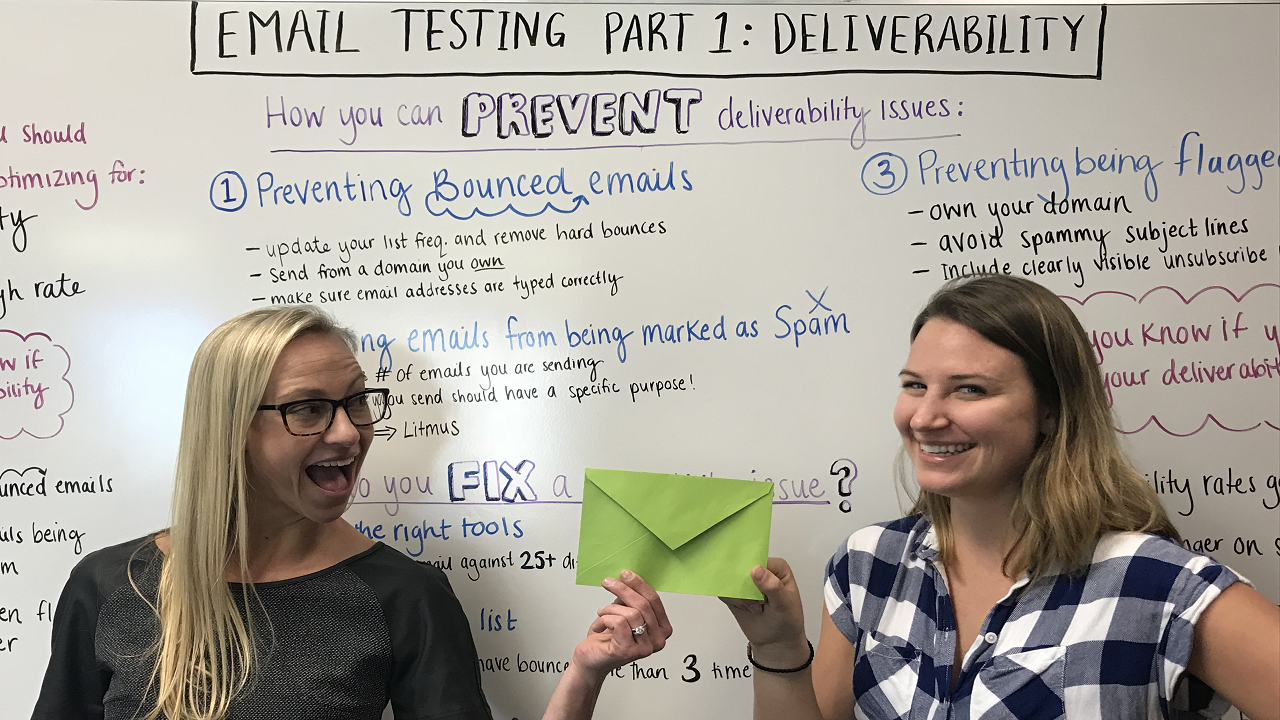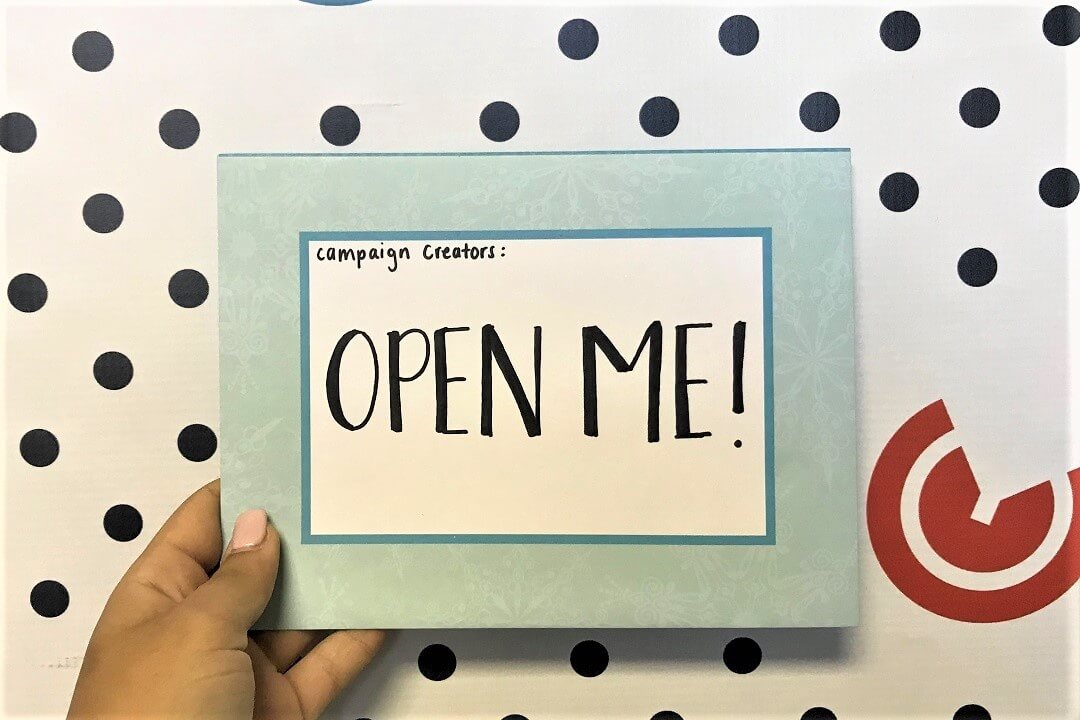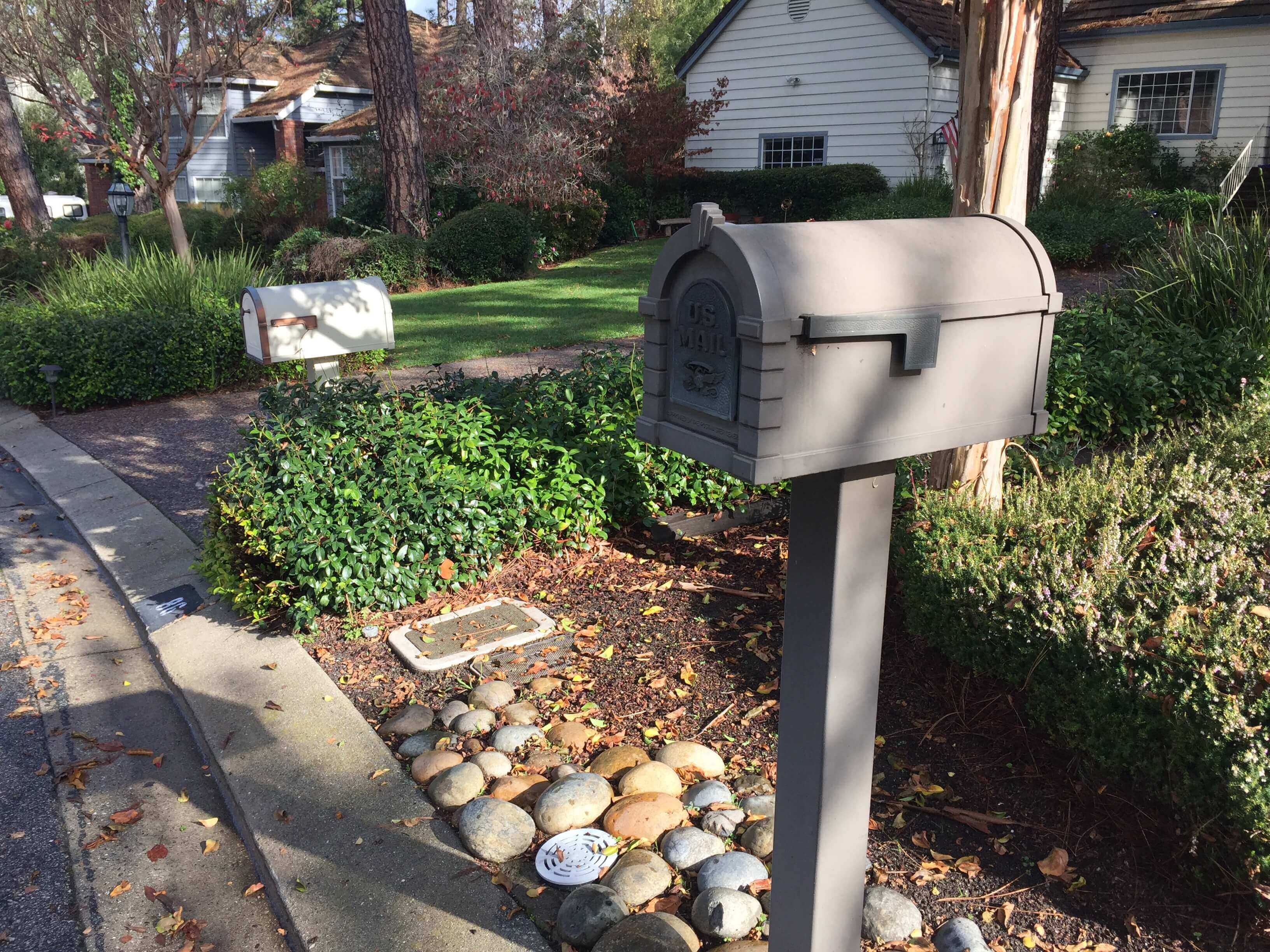Email Marketing Best Practices: Part II
In my last post, I discussed a little about email marketing best practices. Fine tuning your subject lines, providing an even ratio between text and...
I know what I am looking for, and would like to chat.
A team of data-driven marketers obsessed with generating revenue for our clients.
Because the proof is in the pudding.
At Campaign Creators we live by three principles: Autonomy, Mastery, Purpose.

When it comes to marketing your business, email is one of the most important tools to connecting with your leads and spreading awareness about your company. Emails help promote campaigns, deliver assets, and generally establish a one-on-one connection between you and the customer.
Any static or interruption in the dialogue can hinder this valuable line of communication. When emails aren't even reaching your new leads then you know you have a problem. If no one is reading your emails it won't matter how long you spent to craft your copy. The following best practices will ensure that your content reaches your audience without a hitch.
This blog post is part of "Your Definitive Guide to Lead Nurturing" blog series.
Don't even bother trying to send marketing emails to contacts who haven't explicitly requested to receive them. Doing so not only hurts your brand's reputation but also goes against most Internet Service Provider's (ISPs) terms of service. Plus, it's a surefire way to get marked as spam.
Spam filters have caught on to spammer's shrewd methods. They've learned to recognize that all-caps, irregular punctuation, large fonts, exclamation points are clear signs of spam. Additionally, using spam trigger words like "free" or "save money" can set you up for failure.
Make sure to remove any invalid email addresses from your contact list regularly. ISPs monitor if you keep sending emails to invalid addresses. If your emails keep getting "bounced" back, it will negatively affect your sender addresses' reputaion.
Most email clients will not display video, Flash, or JavaScript correctly. To circumvent this issue, use a screenshot of your video with a link so that people can click on it to go to the actual video.
Although sending email that doesn't get opened isn't spam technically, it does hurt your deliverability rate. A low engagement rate will prompt ISPs to send your mail into the junk folder. For any inactive subscribers, develop a reengagement campaign in the form of offers or coupons. Just remember to set a specific condition to indicate inactivity like the last time they opened an email, visited your website or something of that nature.
The best way to ensure that your email list is strong is to incorporate a double-opt in confirmation. Once your lead fills out a form on your landing page, they will receive an email with a link. They aren't confirmed unless they click the link in the email. Though you'll get less subscrivers in the beginning, your open and click through rates will be higher.
HyperText Markup Language (HTML) emails incorporate fancy formatting that enable companies to design an aesthetically-pleasing message. A plain text version, on the other hand, removes the formatting in favor of a simpler text-based email. Including this option provides a user-friendly way for people to read your content.
Most email clients do not allow images by default. What does this mean? It means when you send an email with an image, the image will not appear unless the user changes their settings. Adding alt text ensures the receiver knows what the image/message is even if they can't see it.
As a business, getting into people's inboxes is a crucial step into developing a strong relationship with customers and potentially creating brand ambassadors.
Looking for help with your lead nurturing strategy? Supercharge it with our free Next Level Lead Gen guide, which focuses on following through with leads and guiding them down the funnel. Click to download!
Do these tips help solve your email deliverability problems? Let us know in the comments section below.

In my last post, I discussed a little about email marketing best practices. Fine tuning your subject lines, providing an even ratio between text and...

With the turn of the year, many people tend to take on new initiatives to meet their marketing objectives. I would say one of the more popular...

For many, email marketing seems like a thing of the past. With our inboxes brimming on the daily with loads of unopened emails, it feels like there...